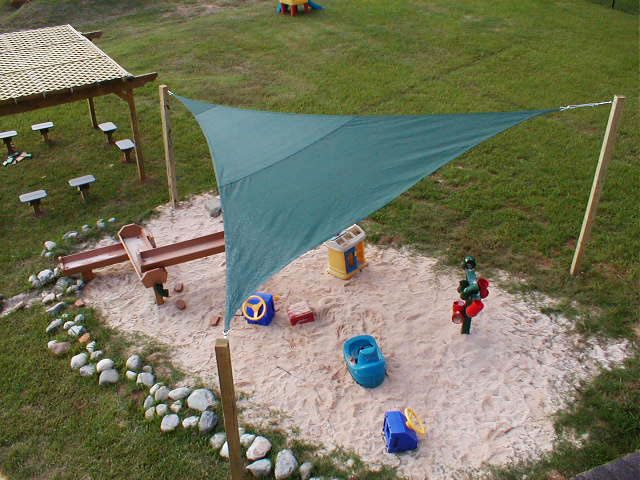As children splish and splash water or scoop and dump sand, they are unknowingly learning while having fun. The self-directed play offered at sand or water tables, helps children improve their coordination skills, use their gross motor and cognitive skills, learn some fundamentals of math, and test out their artistic expression. Here are some of the incredible developmental benefits of sand & water play.
Coordination Skills
While children are shoveling sand or collecting water in buckets, they are developing their hand-eye coordination skills. Their coordination skills are also tested when they are building sand structures, stacking buckets, scooping water or sand, and pouring water from one toy to the next.
Gross Motor Skills
After children fill their buckets with sand and water, they engage their gross motor skills as they dump the sand, pour the water, and/or transport the materials to a new area of the table.
Cognitive Skills
When children mix sand with water and compare the new consistency to dry sand, they learn the physical properties of sand and cause and effect. They also learn cause and effect as they move sand or water from one container to the next. They’ll notice which containers can hold the most material as well as how heavy a container of sand is versus water.
Fundamentals of Math
Without even realizing it, children engage with various mathematical ideas while playing with sand and water. As they conduct experiments by pouring water into buckets and gauge whether or not they were successful, they are playing with probability. When they put the materials into different buckets, they are learning ideas such as “more than,” “less than,” and “equal.” Depending on the tools provided, if a scoop is offered, then children can learn how many scoops it takes to fill given containers. This skill eventually leads to them learning how many cups, tablespoons or teaspoons would be needed to fill the container.
Artistic Expression
Whether they are building the next best sandcastle or tracing pictures in the sand, children have an opportunity to explore their artistic side as they play. Depending on the tools given, you can teach them about patterning and shapes as they create their masterpieces.
Depending on the size of the area, you may want two separate areas for sand and water, or have one table that accommodates both, like the Village Sand and Water Factory. Regardless of how you set up the playground with sand and water, children are bound to have fun. Although it can be messy at times, sand and water play offers learning benefits for children that far outweigh the cleanup.
This article was written by CADdetails.com, the leading provider of manufacturer-specific building product information, high-quality CAD drawings, 3D models, BIM files, and projects.





